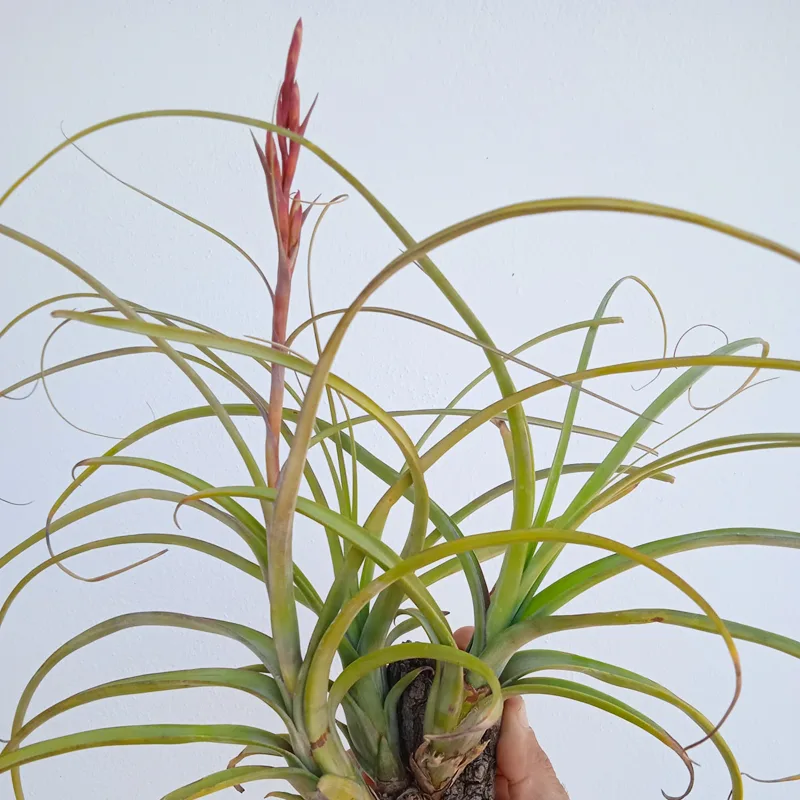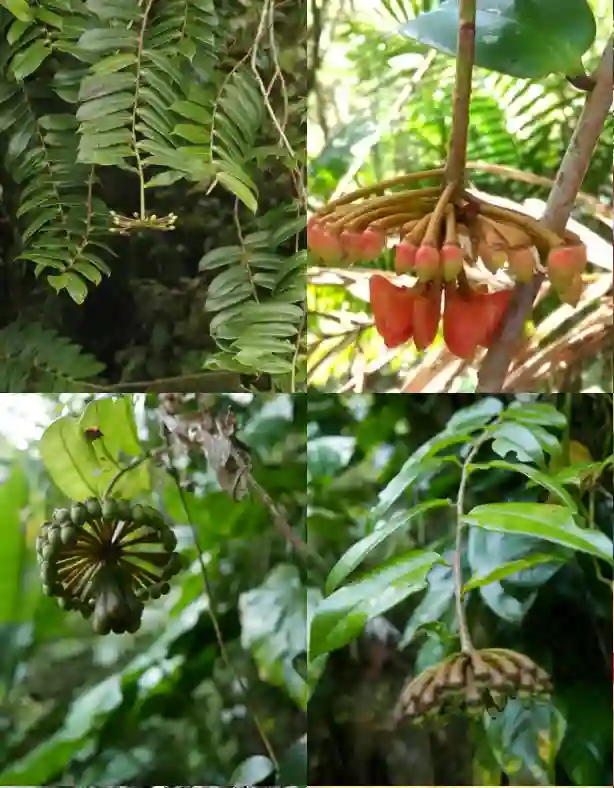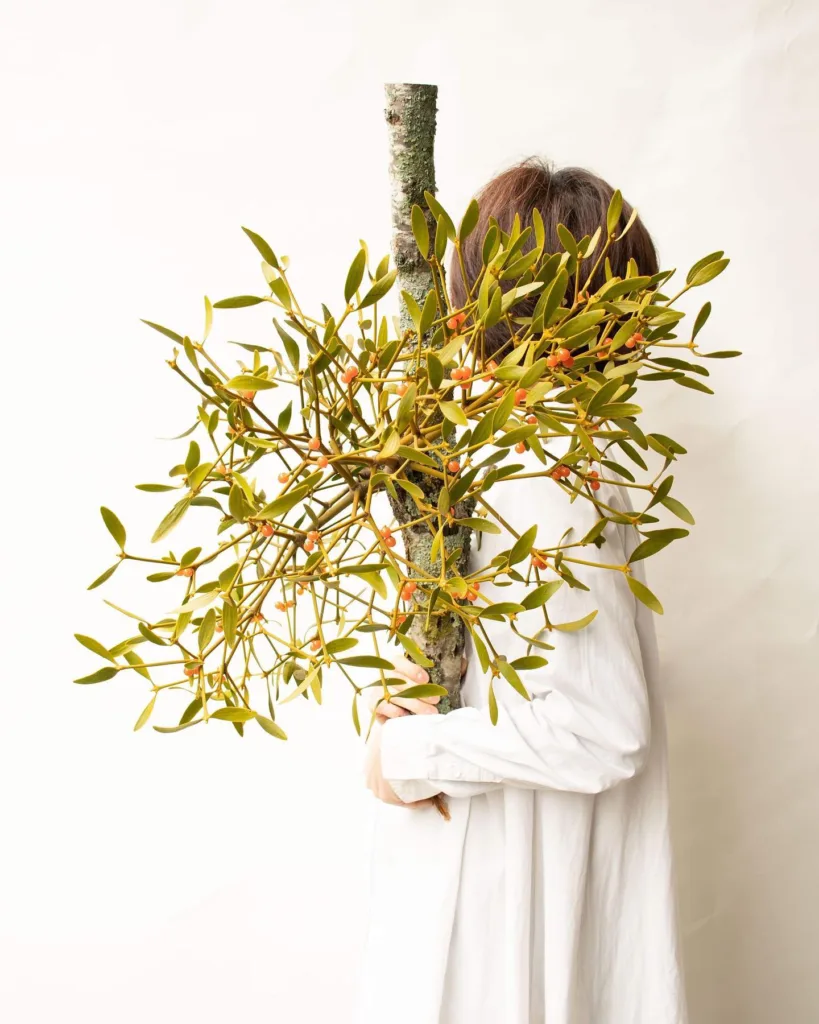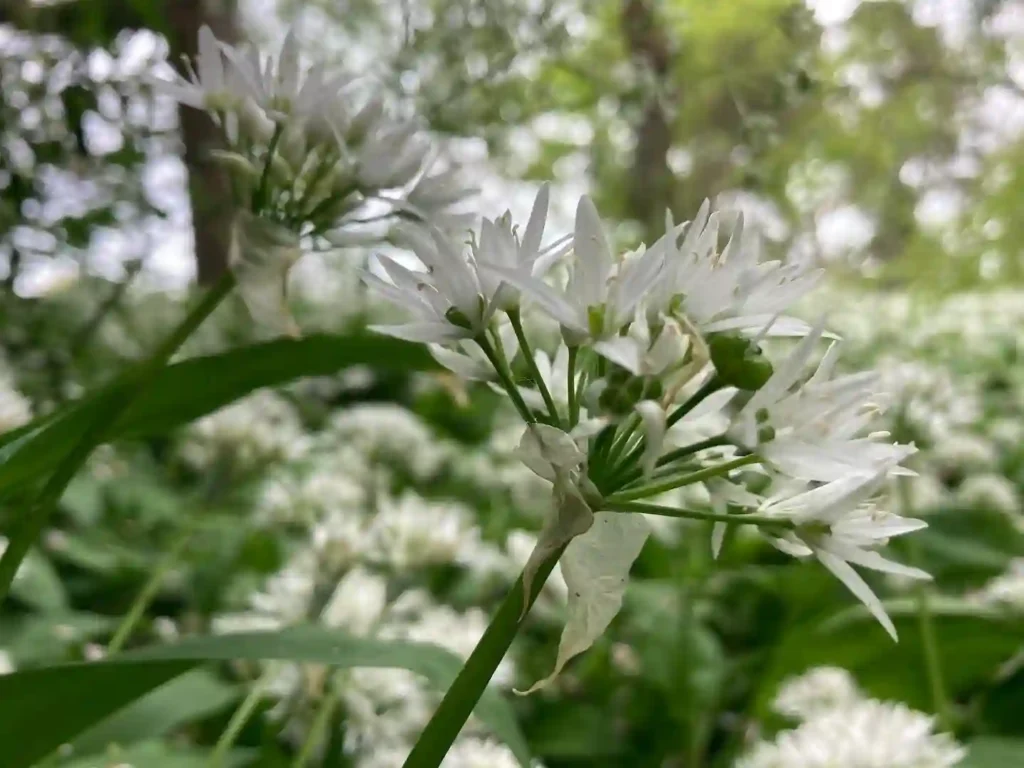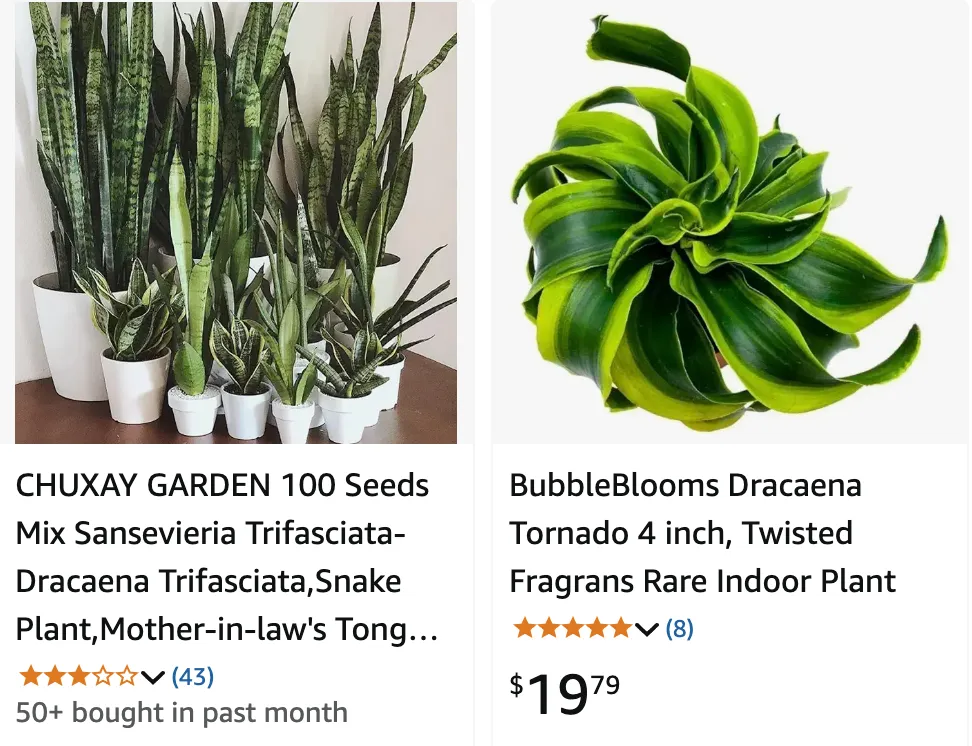
198 Species in Genus Dracaena
What is Dracaena Trifasciata?
Dracaena Trifasciata, commonly known as the Snake Plant or Mother-in-Law’s Tongue, is a hardy and low-maintenance houseplant native to West Africa. Its upright sword-like leaves are striped with varying shades of green, making it an attractive addition to indoor spaces. This plant is particularly loved for its air-purifying qualities and resilience.
How to care for Dracaena Trifasciata?
To care for Dracaena Trifasciata, place it in indirect sunlight, though it can tolerate low light conditions. Use well-draining soil and water sparingly, allowing the soil to dry out between waterings. Avoid overwatering, as it can lead to root rot. The ideal temperature range is between 60-85°F (15-29°C). Fertilize it once a month during the growing season with a balanced houseplant fertilizer.
How to propagate Dracaena Trifasciata?
Dracaena Trifasciata can be propagated through leaf cuttings or by division. To propagate by division, remove the plant from its pot and separate the rhizomes carefully, ensuring each section has roots and leaves. For leaf cuttings, cut a healthy leaf into 3-4 inch sections, let them dry for a day, and then plant the cuttings upright in moist soil. Place in indirect light and keep the soil slightly damp until new growth appears.
What can you plant with Dracaena Trifasciata?
Snake Plants pair well with other low-maintenance plants like pothos, ZZ plants, or peace lilies. These combinations work well in similar lighting and watering conditions, creating a harmonious indoor plant arrangement.
Can you grow Dracaena Trifasciata indoors?
Yes, Dracaena Trifasciata is an excellent indoor plant. It thrives in a variety of lighting conditions and is highly tolerant of neglect, making it ideal for both beginners and seasoned plant enthusiasts. Its upright growth habit and air-purifying properties make it perfect for living rooms, bedrooms, and offices.
Is Dracaena Trifasciata toxic to cats?
Yes, Dracaena Trifasciata is toxic to cats. Ingesting it can cause vomiting, drooling, and lethargy due to the presence of saponins. If you suspect your cat has eaten this plant, consult a veterinarian immediately.
Is Dracaena Trifasciata toxic to dogs?
Yes, Dracaena Trifasciata is also toxic to dogs. It can cause symptoms like vomiting, drooling, and diarrhea. Keep the plant out of reach of pets to prevent accidental ingestion.
What are the benefits of Dracaena Trifasciata?
Dracaena Trifasciata is known for its air-purifying abilities, as it helps remove toxins like formaldehyde and benzene from the air. It’s also incredibly low-maintenance, making it ideal for busy households. Additionally, it adds an elegant touch to any space with its striking, architectural foliage.
What are common problems with Dracaena Trifasciata?
The most common problems include root rot caused by overwatering, leaf yellowing due to underwatering or poor light, and pest issues such as spider mites or mealybugs. Ensure proper care, including appropriate watering and light, to keep your plant healthy.
How to pronounce Dracaena Trifasciata?
Dracaena Trifasciata is pronounced as “druh-SEE-nuh try-fas-ee-AH-tuh.”
Dracaena Trifasciata vs. Sansevieria: What’s the difference?
Dracaena Trifasciata and Sansevieria are essentially the same plant. Sansevieria was the previous genus name, but it has now been reclassified under the Dracaena genus. The names are often used interchangeably in plant care communities. 73 Species in Genus Sansevieria (synonym of Dracaena) – Snake Plant
Can Dracaena Trifasciata be grown outdoors?
Yes, it can be grown outdoors in USDA zones 9-11. Ensure it’s planted in well-draining soil and receives partial sunlight. Protect it from frost and extreme cold, as it is not frost-tolerant.
By understanding these essential questions, you’ll be better equipped to enjoy the beauty and benefits of this resilient and stylish houseplant!
If i die, water my plants!
